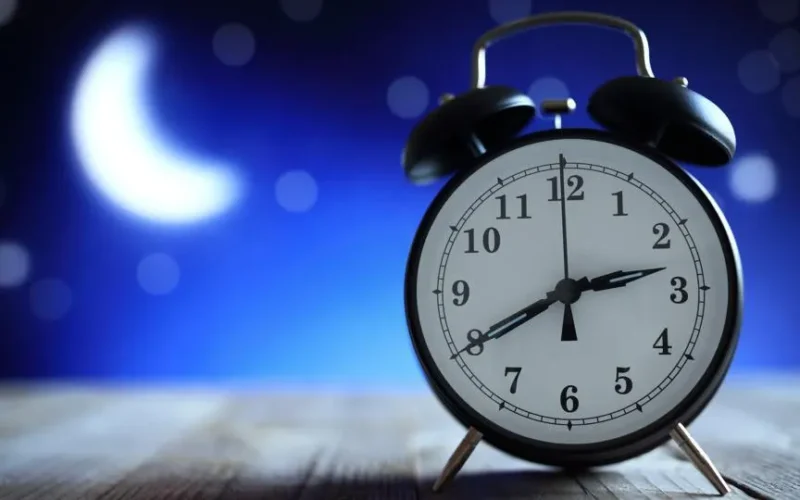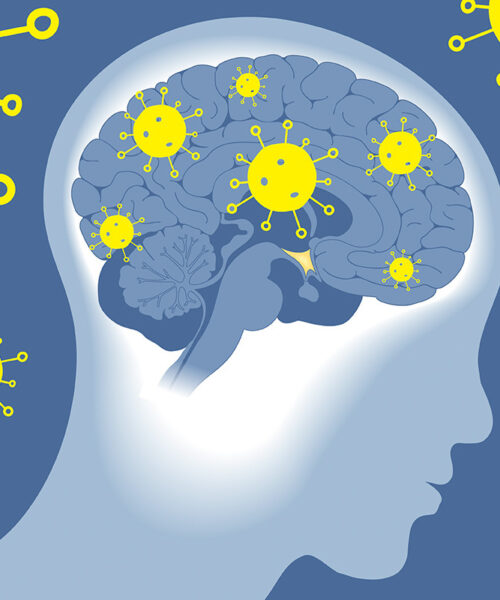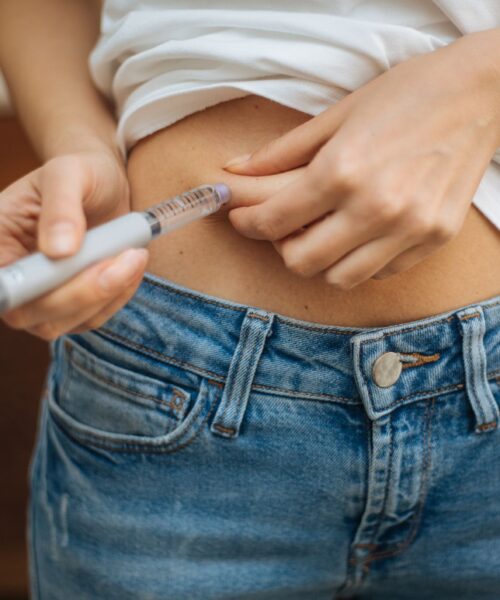Picture this. You have an assignment due first thing in the morning, it’s already 10:00 at night, and this essay on how old Mrs. Dubose embodies the theme of true courage in To Kill a Mockingbird won’t write itself. How do we fix this problem? Well, we stay up until 3 in the morning to write the essay. Now, you have to wake up at 6 with only three hours of sleep, and you end up falling asleep during third block, and get in trouble. Then, that night when you get home you can’t fall asleep at your normal time and you have to wait until 3 to fall asleep again. Now you are stuck in this horrible sleep schedule with no hope of escaping it.
Did you know, anywhere between 70% and 90% of high school students have insomnia? Insomnia is when you don’t sleep like you normally would. The most typical nighttime symptom of insomnia is trouble sleeping. This can be broken into three categories: Initial, Middle, and Late Insomnia. Initial insomnia is just when you struggle to fall asleep. Middle insomnia occurs when you wake up multiple times throughout the night, but are able to fall back asleep. Late insomnia is a form of insomnia where you wake up too early and can not fall back asleep. There are many daytime symptoms as well. These include delayed responses, slowed thought processes, trouble concentrating, mood disruptions, and general tiredness.
Reasons for insomnia range from simple genetics to mental health conditions. Other reasons include significant life changes, life circumstances, and sleeping habits and routines. People who are most at risk for insomnia tend to be light sleepers, but can also showcase some of the following characteristics: sleep anxiety, frequent alcohol consumption, and not feeling safe at home. These factors can cause a variety of issues associated with insomnia. These range from depression and anxiety to the possibility of heart attack and stroke. Insomnia can also lead to conditions associated with psychosis.
Now, I’m not a licensed doctor, so take what I say with a grain of salt. But, if you find yourself relating to some of these symptoms, there are ways to figure out whether or not you have insomnia. Healthcare providers can diagnose insomnia based on a few questions about life circumstances and previous health conditions. Some tests can be conducted to rule out similar conditions, but they can not diagnose insomnia directly. These tests are: Sleep studies, otherwise known as Polysomnography, Actigraphy, which consists of you wearing a watch-like device, and a Multiple Sleep Latency Test (MSLT).
Insomnia can be treated in a multitude of ways. These include developing better sleep habits, mental healthcare, and medications. Some recommended medications for insomnia are sedatives and hypnotics. Sedatives reduce nervous system activity and hypnotics make you tired. There are both controlled, or prescription, and non-controlled medications for insomnia. Some controlled medications are Benzodiazepines such as Doral and Restoril, Z-drugs such as Lunesta and Sonata, and anti-seizure medications such as Neurontin and Lyrica. Non-controlled medications are Melatonin and Sedating Antidepressants.
The thoughts expressed in this article are not written by a professional. If you do assume you struggle with insomnia, it is best to contact your doctor or a psychiatrist to get the diagnosis and treatment that is right for you.




